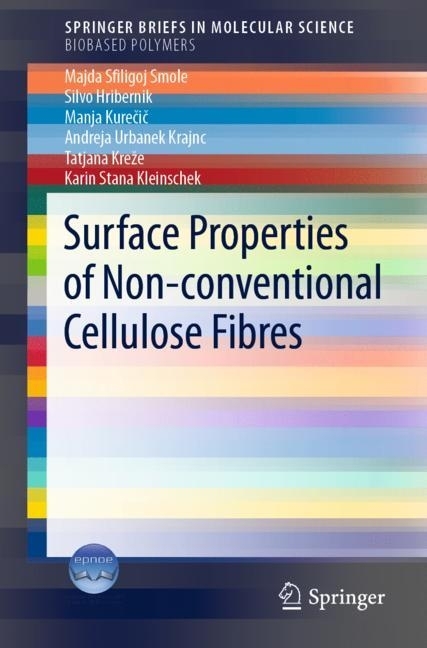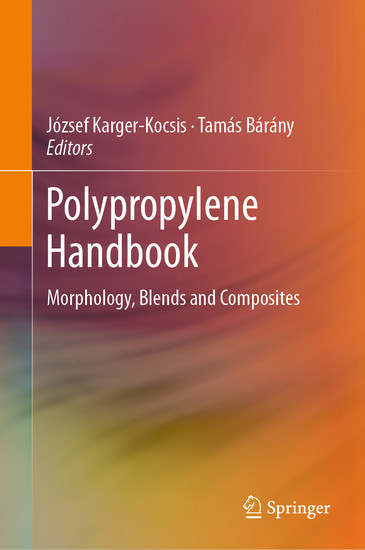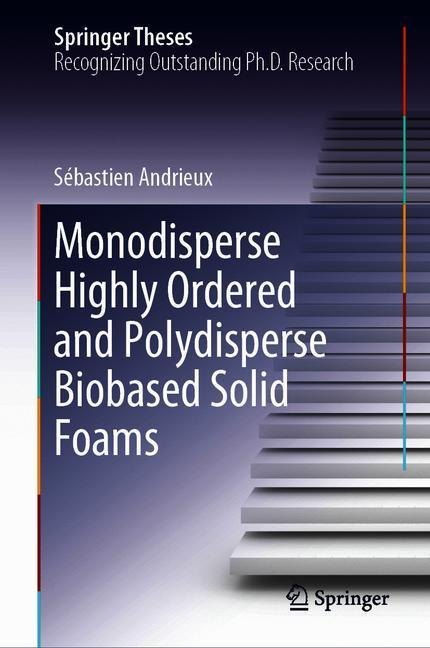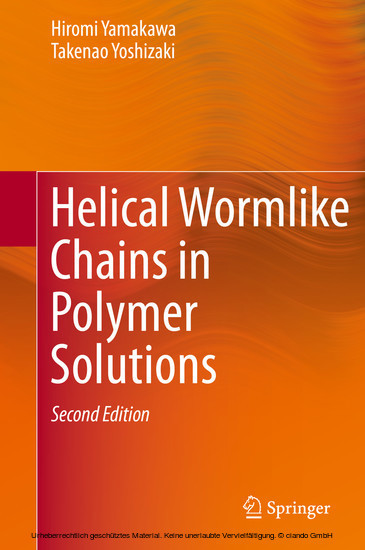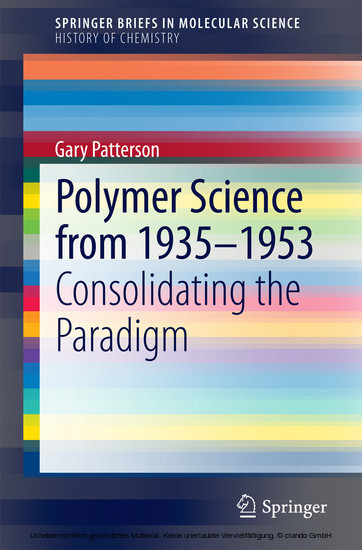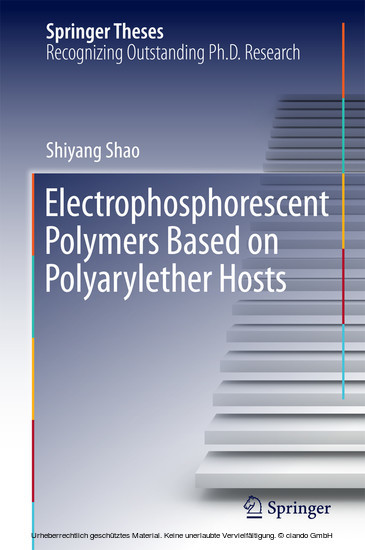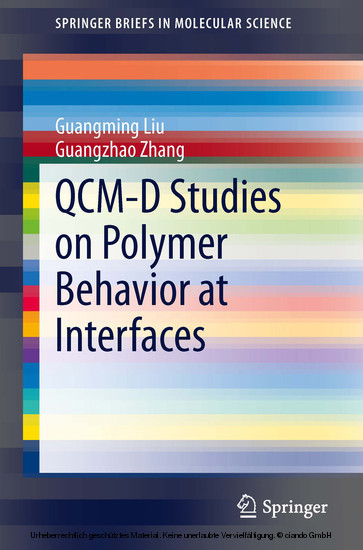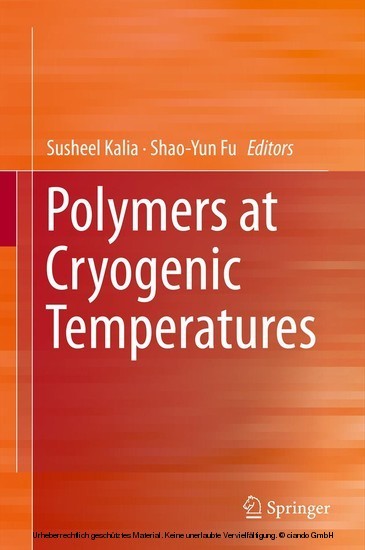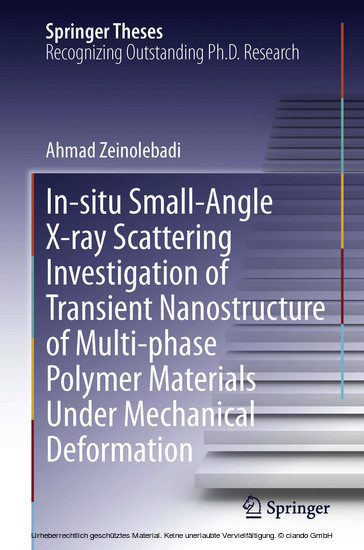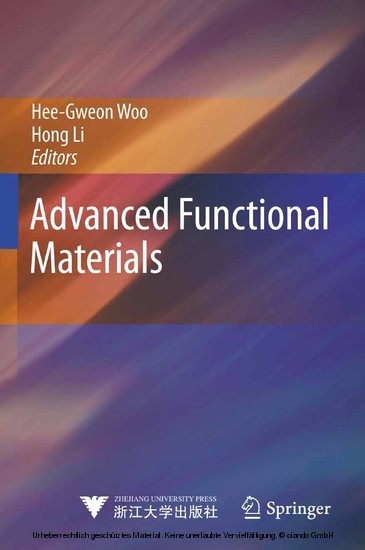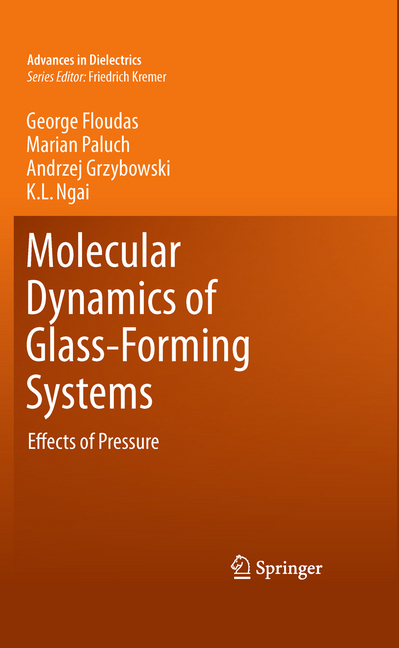Surface Properties of Non-conventional Cellulose Fibres
Majda Sfiligoj Smole is a Professor in the field of material science. Her teaching and research topics: Fibres' structure - properties relationships of natural and man-made fibres and fibres' modification for their functionalisation. Recently her research was focused mainly in nanotechnological modification of textiles and sustainable textile materials. Silvo Hribernik is a Scientific Associate at the Faculty of Mechanical Engineering and Faculty of Electrical engineering and Computer Science, University of Maribor. Main area of his research is development of fibre-based functional materials with implementation of nanotechnology.
Manja Kure?i? is an Assistant Professor at the Faculty of Mechanical Engineering, University of Maribor. She has 14-years of experiences in the field of nanostructured materials; i.e. nanocomposites (particles, hydrogels) and nanofibrous membranes (electrospun), that can find applications in biomedical area, water purification and other technical applications, as well as their modification and characterization.
Andreja Urbanek Krajnc studied Botany at the Karl-Franzens University Graz, Austria and earned her PhD in 2004. Since 2007 she is working at the Faculty of Agriculture and Life Sciences, University of Maribor. Research fields: structural botany, plant cell biology, plant physiology. Tatjana Kreze is a Professor and the vice dean for Quality at the Faculty of Mechanical Engineering, University of Maribor. Research topics and teaching fields: Renewable materials, Structure and properties of fibre forming polymers, Cellulose fibres, Testing of textile materials and Standardization.Karin Stana Kleinschek is a Professor at the Faculty of Mechanical Engineering, University of Maribor and Head of the Laboratory for Characterization and Processing of Polymers (LCPP). She is a member of various scientific organizations and is Vice President for Research of the European Polysaccharide Network of Excellence (EPNOE) - BIC Association. Since October 2016 she is visiting professor at TU Graz. Her field of expertise is surface modification and characterization of polymeric materials with special attention on polysaccharides and its usability in biomedical applications.
1;Contents;6 2;About the Authors;8 3;Abbreviations;11 4;List of Figures;13 5;List of Tables;15 6;Abstract;16 7;1 Introduction;17 7.1;Abstract;17 7.2;References;19 8;2 Anatomy of Plant Fibres;22 8.1;Abstract;22 8.2;2.1 Morphological Characteristics of Technical and Ultimate Plant Fibres;25 8.3;2.2 Crystalline-Amorphous Structure of Different Types of Cellulose Fibres;27 8.4;References;29 9;3 Non-conventional Plant Fibres;31 9.1;Abstract;31 9.2;3.1 Dicotyledonous Fibre Plants;33 9.2.1;3.1.1 Quinoa;33 9.2.2;3.1.2 Nettle;34 9.2.3;3.1.3 Mulberry;35 9.2.4;3.1.4 Hop;37 9.2.5;3.1.5 The Fibre Plants of the Pea Family;38 9.2.5.1;3.1.5.1 Soy Hulls;38 9.2.5.2;3.1.5.2 Lucerne;39 9.2.5.3;3.1.5.3 Spanish Broom;39 9.2.6;3.1.6 Loofah;41 9.2.7;3.1.7 Okra;42 9.2.8;3.1.8 Babylon Willow;42 9.2.9;3.1.9 Cassava;43 9.2.10;3.1.10 Khimp;44 9.2.11;3.1.11 Balm-Leaved Archangel;44 9.3;3.2 Monocotyledonous Fibre Plants;45 9.3.1;3.2.1 Agave;45 9.3.2;3.2.2 Fibre Plants of the Palm Family (Arecaceae);46 9.3.2.1;3.2.2.1 Piassava;46 9.3.2.2;3.2.2.2 Palmyra Palm;47 9.3.3;3.2.3 Cotton Grass;48 9.3.4;3.2.4 Fibre Plants of the Grass Family (Poaceae);48 9.3.4.1;3.2.4.1 Bamboo Fibres;49 9.3.4.2;3.2.4.2 Sabai Grass;51 9.3.4.3;3.2.4.3 Barley;51 9.3.4.4;3.2.4.4 Ryegrass;52 9.3.4.5;3.2.4.5 Giant Miscanthus;53 9.3.4.6;3.2.4.6 Sugarcane Bagasse Fibres;53 9.3.4.7;3.2.4.7 Sorghum;54 9.3.4.8;3.2.4.8 Zoysia;55 9.4;References;55 10;4 Structure and Properties of Non-conventional Cellulose Fibres;63 10.1;Abstract;63 10.2;4.1 Chemical Composition of Non-conventional Cellulose Fibres;63 10.3;4.2 Surface Properties;66 10.3.1;4.2.1 Surface Morphology;66 10.3.2;4.2.2 Sorption Properties;68 10.4;References;71 11;5 Cellulose Nanofibres;74 11.1;Abstract;74 11.2;5.1 Non-wood Lignocellulosic Sources for CNCs;77 11.3;References;82 12;6 Preparation of Cellulose Nanocrystals CNC from Nettle, Weeping Willow, Balm-Leaved Archangel, Lucerne and Spanish Broom;85 12.1;Abstract;85 12.2;6.1 Extraction of Fibres;86 12.3;6.2 Fibres' Properties;88 12.3.1;6.2.1 Mechanical Properties;88 12.3.2;6.2.2 Morphological Properties;89 12.3.3;6.2.3 Structural Characteristics;91 12.4;6.3 Preparation of CNC;93 12.4.1;6.3.1 Surface Morphology of Nano-Crystalline Cellulose;93 12.4.2;6.3.2 Properties of Nano-Crystalline Cellulose;96 12.5;References;97 13;7 Conclusion;99 13.1;Abstract;99 13.2;References;100
Sfiligoj Smole, Majda
Hribernik, Silvo
Kurecic, Manja
| ISBN | 9783030104078 |
|---|---|
| Artikelnummer | 9783030104078 |
| Medientyp | E-Book - PDF |
| Copyrightjahr | 2019 |
| Verlag | Springer-Verlag |
| Umfang | 100 Seiten |
| Sprache | Englisch |
| Kopierschutz | Digitales Wasserzeichen |

